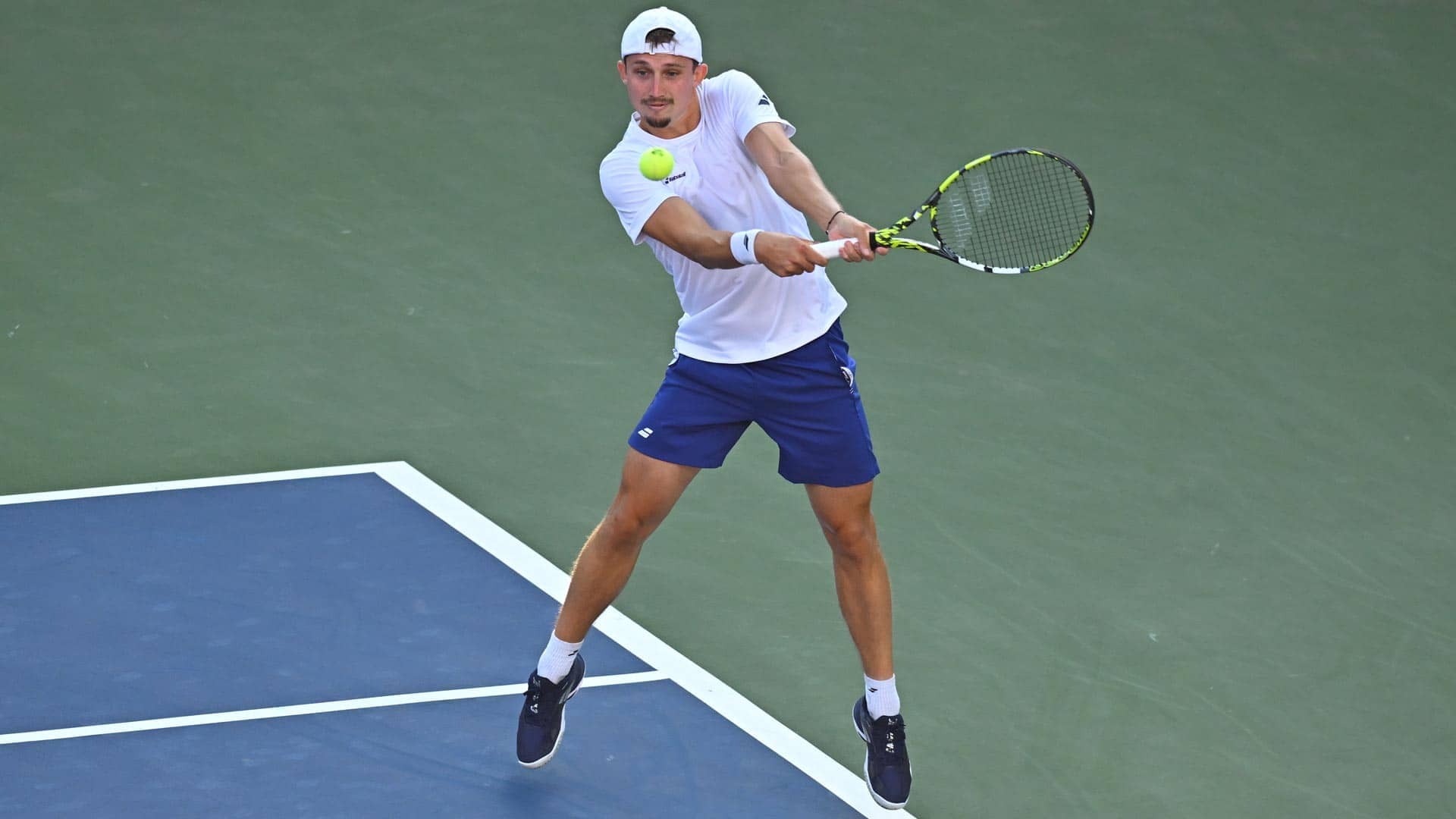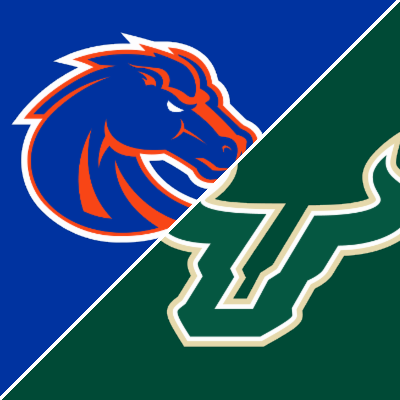Raphael Collignon on finding the mental edge to beat Ruud

ATP TourBrain surgeon’s son Collignon on finding the mental edge to beat RuudBelgian will play Lehecka in the third round at the US OpenCorinne Dubreuil/ATP Tour Raphael Collignon celebrates after downing Casper Ruud on Wednesday in New York. By Andy WestRaphael Collignon’s Grand Slam waiting game has finally come to an end at the 2025 US Open.After a couple of lost opportunities earlier in the year, the 23-year-old Belgian notched his maiden main-draw win at a major by defeating Daniel Elahi Galan on Monday in New York. Two days later, Collignon backed up that achievement with the biggest win of his career, a five-set victory against the No. 12 in the PIF ATP Rankings, Casper Ruud.Collignon’s 6-4, 3-6, 3-6, 6-4, 7-5 triumph against Ruud did not come easy. The World No. 107 served three double faults in the final game of the match before finally getting over the line to set a third-round encounter with 20th seed Jiri Lehecka.“I knew I could double fault, but I tried to tell myself that I would try to go for it and try to go for serve and volley,” Collignon told ATPTour.com after the match. “I missed by one or two centimetres, but it was a good choice I think because I did a lot of serve and volley during the match and he missed the returns a lot. I said, ‘Try to go for it’, and I managed to close it out, so I’m super happy.”Collignon had won just two tour-level matches before he defeated Ruud in New York. Photo Credit: Corinne Dubreuil/ATP TourCollignon’s father, Frederic, is a brain surgeon in Belgium. The pair speak frequently about ways of keeping cool and composed under pressure, even if the similarities between their respective jobs end there.“It’s not a point where I am so good, normally, keeping my calm at tough moments," said Collignon. "I‘m really working hard with a mental preparation coach to be better at that, because I am not a guy who is very calm when I am stressed. My father is very proud of me, and I try to make him proud every day.“I ask him lots of questions about his job because I think it is very mental, like tennis. When he plays tennis, he is so tense, he can’t hit a ball and panics. Then the next day he is working on someone’s brain and saves lives, so it’s very funny how the brain is functioning.”Collignon’s mental resilience was certainly put to the test in May when, having surged into the Top 100 of the PIF ATP Rankings to secure himself direct entry into the main draw at Roland Garros, he broke his right thumb a week before the clay major after slipping during a match at an ATP 500 in Hamburg. He did finally make his Grand Slam bow at Wimbledon in July but fell in straight sets to an inspired Marin Cilic.“I missed the French Open and it was tough,” acknowledged Collignon, who has earned two of his four ATP Challenger Tour titles on clay. “Then I played my first main-draw match at a Grand Slam at Wimbledon, played against the very good Marin Cilic. I came here with no expectations, but I tried to work every day at training and I’m very happy that I’ve managed to win my first two matches.”Perhaps Collignon’s US Open success story can be partly attributed to a man who has experience competing on the tournament’s biggest stage. His coach since 2020 has been Steve Darcis, the former World No. 38, who played five-time champion Roger Federer on Arthur Ashe Stadium in 2015.“It’s funny because I like to ask him questions about his career, and at the beginning of the tournament I asked him what his best result was here,” said Collignon of Darcis. “I knew he played Roger in the second round, and I wanted to know if he reached the third or fourth round.“He told me he always played good here but always had tough draws, so he lost first or second round every year. It’s great to go further than him in one thing at least, because he had so many good results in his career.”Away from tennis, Collignon follows football (with his favourite teams being Barcelona and Standard Liege) and cycling, and he understands the need to maintain different passions to help him cope with the intense nature of life on Tour.“I think it’s very important for a tennis player to have different interests outside of sport,” said the Belgian. “It’s so tough tennis, it takes so much energy with the mental part and the physical part, so when you can hang out with friends and try not to think about tennis, I think it’s very important.“Football and cycling, I try to follow those every day. I like to go shopping too, modelling and finding nice pieces to wear. I’m a bit crazy about fashion. I like to wear things not many others are wearing. Otherwise, I am a normal person. I like to hang out with my friends and enjoy life.”











